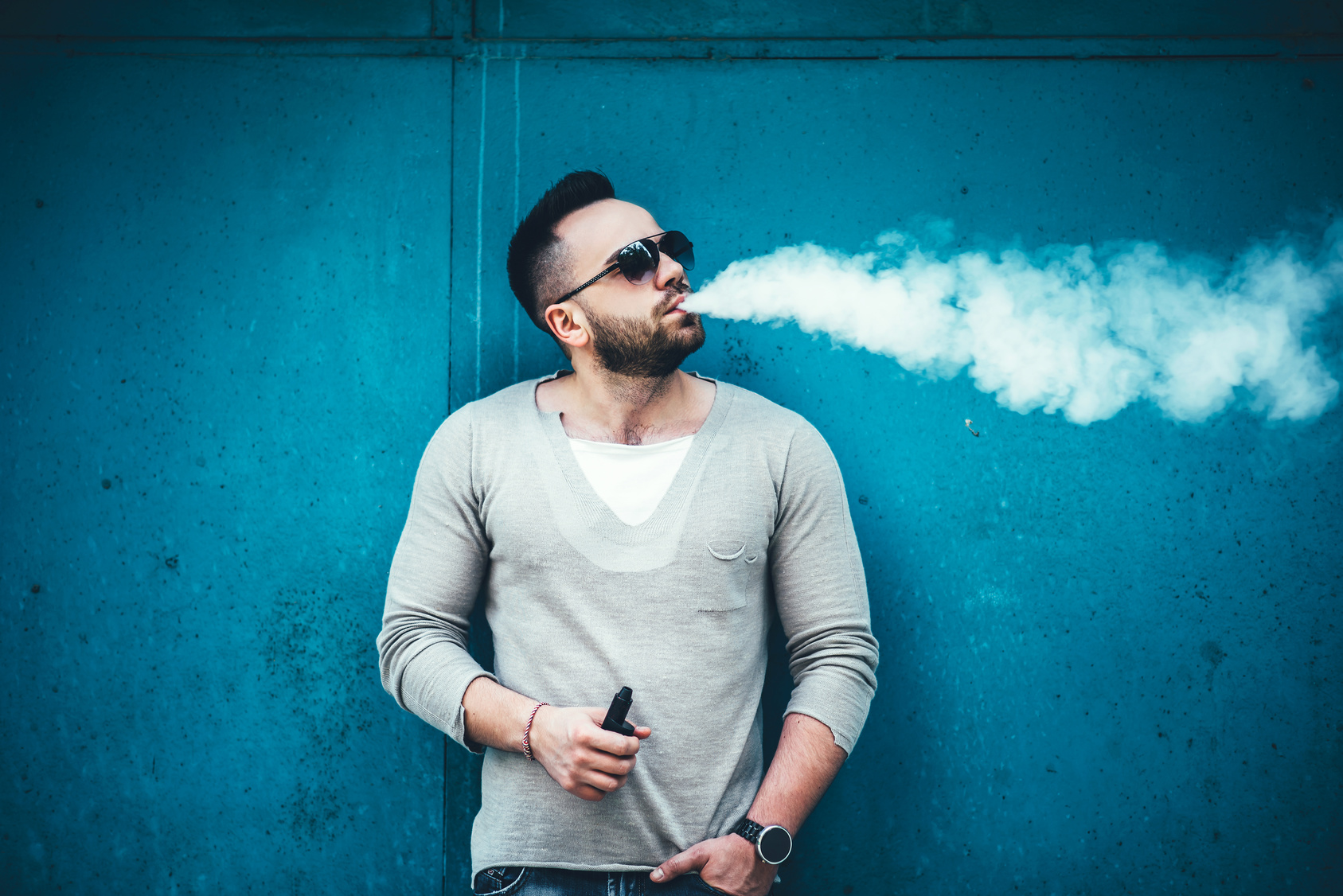Yep – it came down to the court of law. A New York judge has ruled that vaping is not the same thing as smoking. Where do you stand?
To vape, or not to vape?
That IS the question in New York, where vapers recently scored one for the team when a court ruled that vapers cannot be charged for violating anti-smoking rules.
Are vaping and smoking the same thing?
The ruling came on February 5th and declared that vaping is not the same as smoking and e-cigarette use is not necessarily banned in all the same places as smoking.
This early win is viewed as the latest sign of a gradual acceptance by lawmakers and legal systems that vaping is NOT smoking and that the distinction between the two is genuine and significant.
To the vaping industry, the distinction is paramount.
This case arose when the defendant, Shawn Thomas, was arrested after being caught vaping on a subway platform. It is currently illegal to vape in most public places in New York City under the city’s Smoke Free Air Act.
The act was amended in 2013 to include e-cigarettes.
But Thomas was charged under state law, which doesn’t specifically refer to e-cigarettes, so he challenged the charge in court.
The judge agreed that laws referring to smoking can’t be applied to vaping.
So what’s the distinction?
Well, as the ruling reads, smoking specifically means the burning of a lighted cigar, cigarette, pipe, or any other matter or substance which contains tobacco.
But an electronic cigarette neither burns nor contains tobacco.
Using an e-cigarette or vaporizer involves the inhalation of vaporized e-juice consisting of water, nicotine, a base of propylene glycol or vegetable glycerin and, sometimes flavoring.
This is commonly referred to as vaping, and does not fit within the definition of “smoking” under the law.
New York is not the lone wolf in this debate. Not by a long shot.
Attorneys general in Virginia and Arizona have both issued opinions that vaping is different from smoking.
And California Congressman Duncan Hunter recently argued the distinction during a discussion over a bill amendment that would make it illegal to vape on airplanes.
Vaping proponents argue that e-cigarettes and vaporizers are far less harmful than smoking: as much as 95 percent less harmful.
It is also considered to be less intrusive to bystanders because there’s no smelly smoke and often no visible vapor. And even if you’ve seen vapers create huge, white, thick vape clouds, they are doing so intentionally.
It’s a practice called cloud chasing, and it is not the norm. In fact, many vapers opt for techniques and tools to diminish the visible cloud they produce in order to be less conspicuous.
Even though this a victory for vapers in New York, the battle is far from over.
The state is already in the process of amending its public health statute to include vaping alongside smoking prohibitions.
It will only take a little rewording in order to treat vaping like smoking in practice, even if you have to make the distinction between the two in the law.
But at the very least, the recognition of the difference between the two is meaningful. It opens the door for more nuanced regulations for vaping in the future.

